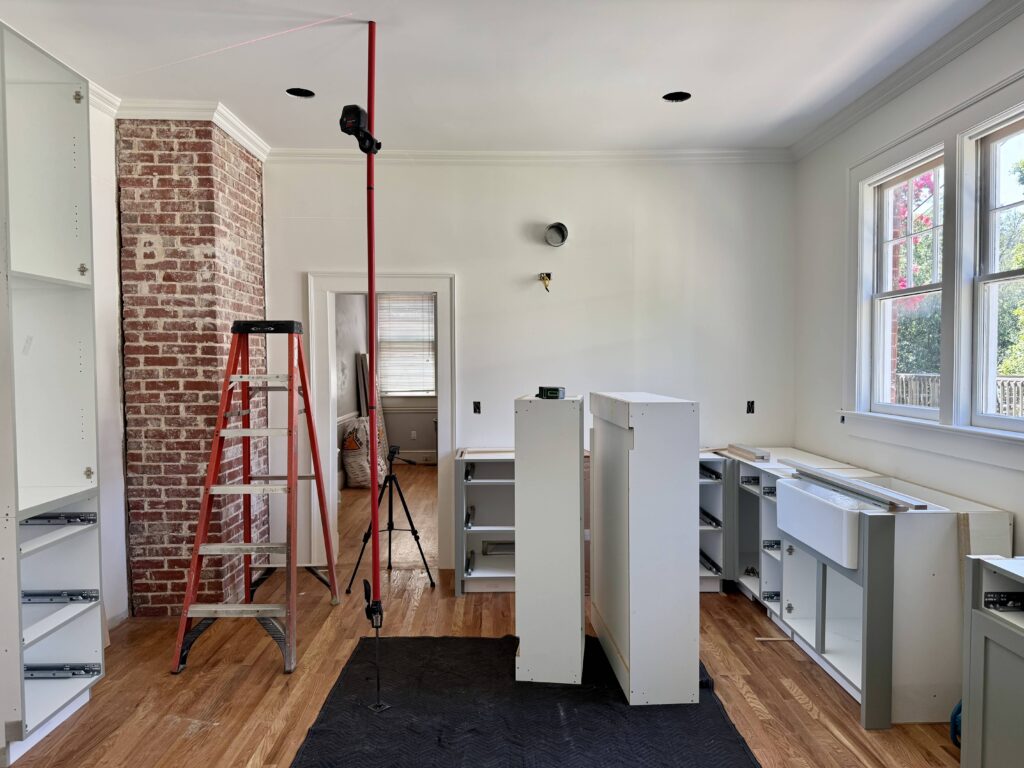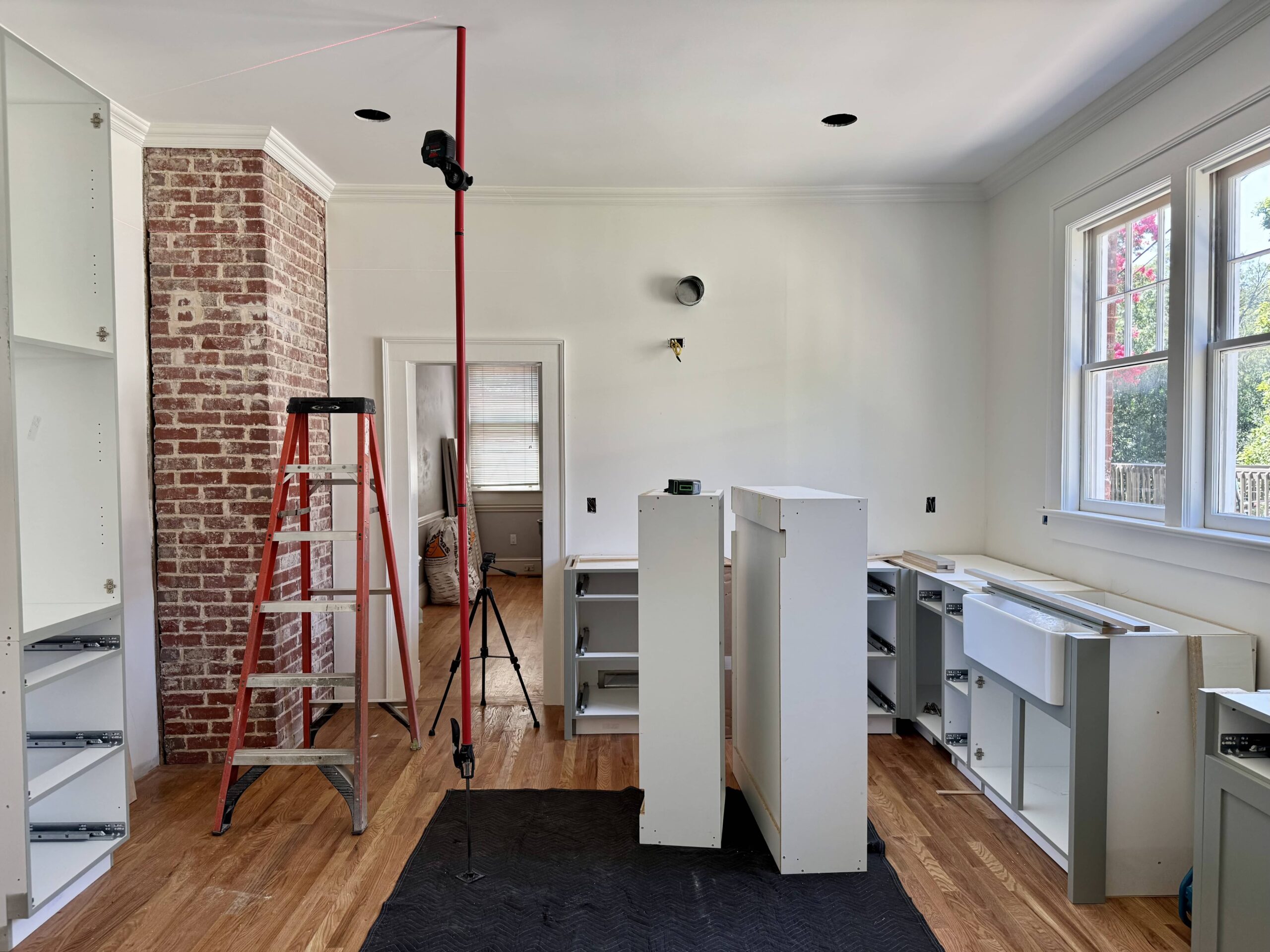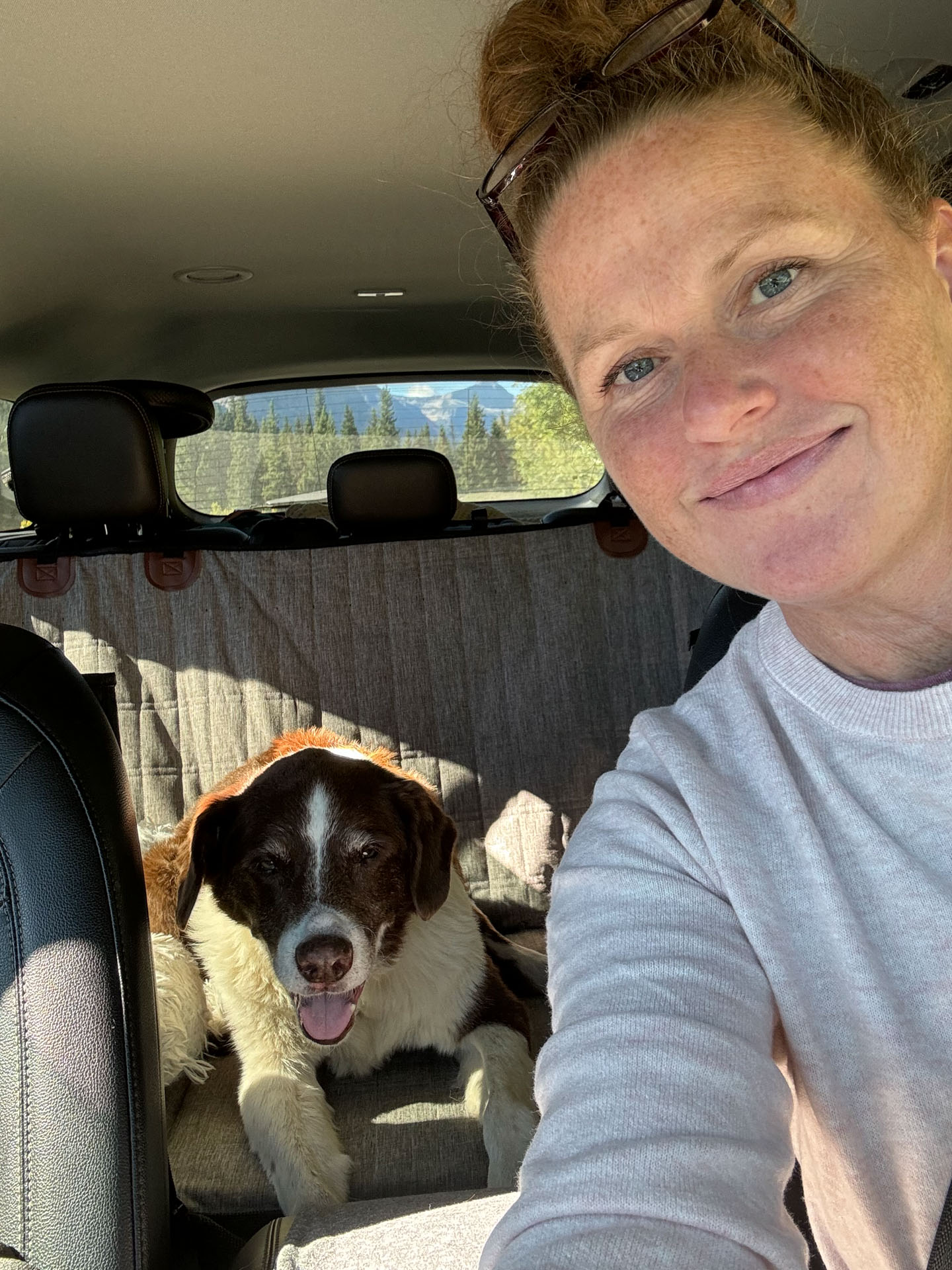The First 5 Steps to Take Before Renovating Your Historic Home
Renovating an old home is exciting… and overwhelming. If you’ve just bought (or are finally ready to tackle) a historic home, you might be wondering: Where do I even begin? If you’re wondering what the first steps to renovate a historic home really look like, well, you’re in the right place.
After years of working with homeowners (and living through four of my own renovations—including My 1914 Bungalow), I know this: the biggest mistakes happen when you jump in without a plan.
That’s why I created the Old House Renovation Guide. In Part One, How to Prepare for a Renovation, I walk through exactly what needs to happen before construction ever begins. Today, I’m sharing a preview of those first steps so you can start your renovation journey with confidence.

Step 1: Set clear goals
Before you hire a contractor or start tearing out walls, take time to define your priorities. Setting clear goals is truly one of the first steps to renovate a historic home—without it, every decision will feel harder.
Ask yourself:
- Which spaces matter most right now?
- Do I need better function, more storage, or just a style refresh?
- Am I going to tackle the entire house at once, or in phases?
- Am I creating my forever home?
Pro Tip: The clearer your goals, the easier it will be to make decisions when tough choices (and inevitable surprises) arise.
Step 2: Get Real About Your Budget
Every old house has quirks, and quirks = costs. That’s why you need to set two numbers upfront:
- Your maximum spending limit
- Your realistic working budget (with a 15–20% cushion for surprises)
Also decide: Where is this money coming from? Cash savings, home equity, a loan? Knowing your funding source prevents stalls when it’s time to pay for materials or labor.
Step 3: Prepare Yourself Mentally
I can’t stress this enough: renovations are as much an emotional project as a financial one.
You’ll face delays, hidden problems, and moments when you wonder why you started. Preparing mentally for the disruption—dust, noise, people in your home—goes a long way in reducing stress.
Think of it as building renovation resilience.
Step 4: Make a Plan (and Choose Your Team Carefully)
Here’s where the dreaming begins: researching ideas, sketching floor plans, and scrolling Pinterest boards. But planning is also about logistics:
- Decide if you’ll hire a general contractor or act as your own.
- Start interviewing contractors with historic home experience (this is a big one!).
- Factor in special/custom orders that may delay your timeline.
- Keep in mind permits, approvals, and inspections.
This is the step where many homeowners stumble. When I renovated My 1914 Bungalow, I rushed the process—including hiring a contractor I didn’t know well. Years later, some mistakes are still coming to light that could have been avoided.
Step 5: Prepare Your Home (and Your People)
Before the first hammer swings:
- Pack up the rooms under construction
- Protect or relocate valuables
- Clearly mark original features that are staying (think baseboards, doors, flooring)
- Communicate with neighbors about noise and parking
- Talk with your family about how life will look during renovation (dust, temporary kitchen, pets, kids)
This step isn’t glamorous, but it’s the one that makes daily life during construction manageable.
You’re Officially Prepared 🎉
Well, as prepared as you can be. When you’ve set your goals, defined your budget, prepared mentally, made your plan, and prepped your home—you’re ready to begin.
But this is just scratching the surface. In my Old House Renovation Guide, Part One goes much deeper into:
- Weighing the pros and cons of hiring a GC vs. acting as your own
- Building a construction timeline
- Understanding “the domino effect” of renovations
- Balancing what you can control with what you can’t
- My favorite strategies for making the process smoother
👉 Grab Part One here or The Bundle here to get the entire framework and start your project with clarity and confidence—before day one of construction even starts.
Your historic home deserves a well-thought-out plan—and you’ll be thankful you created one once construction begins.
READ LATEST
the






+ Show / Hide Comments
Share to: